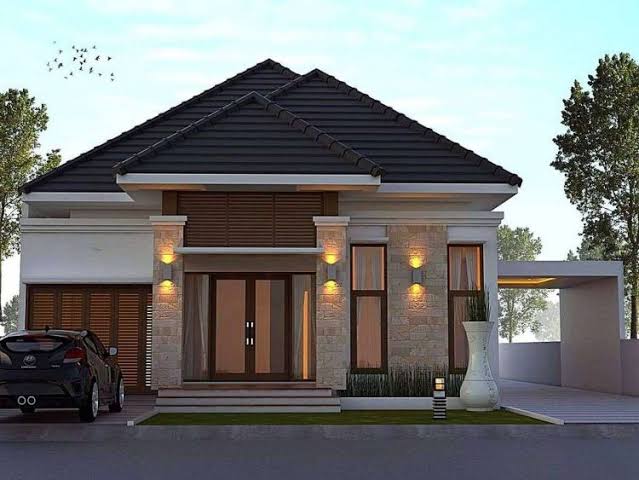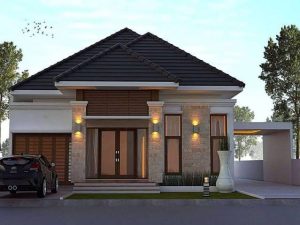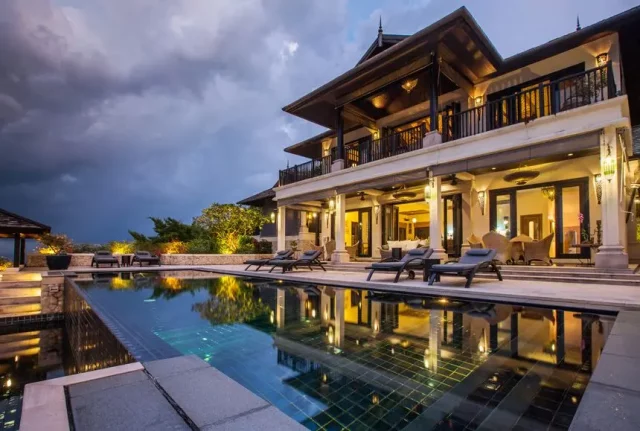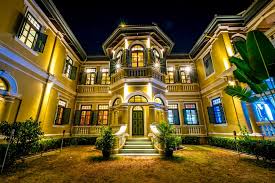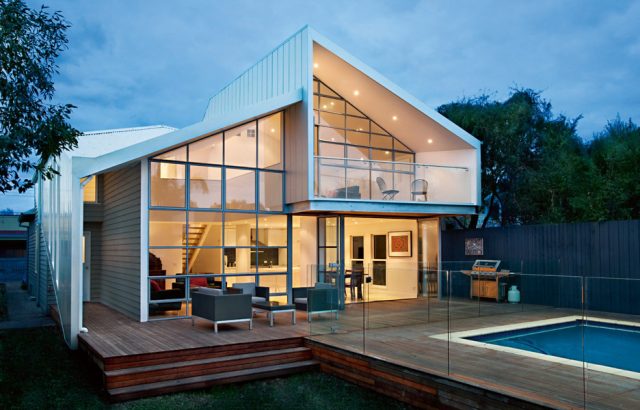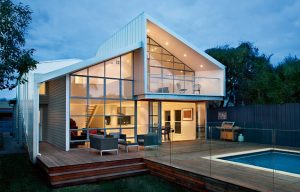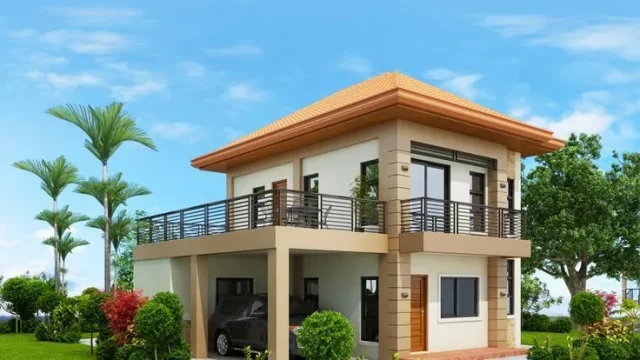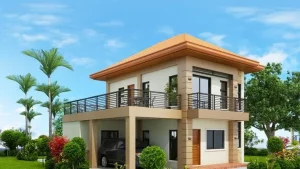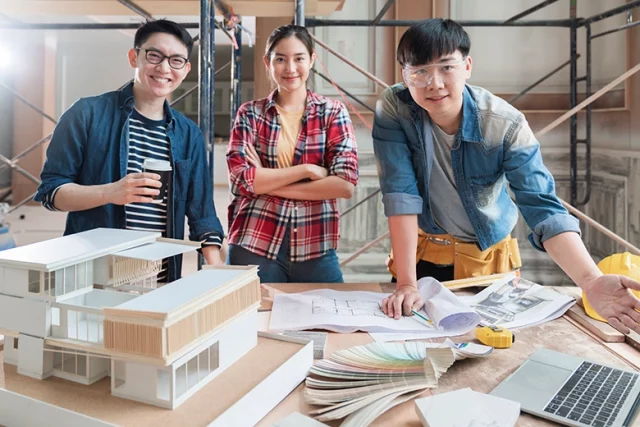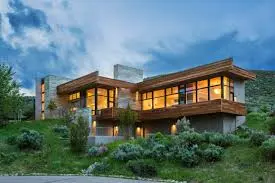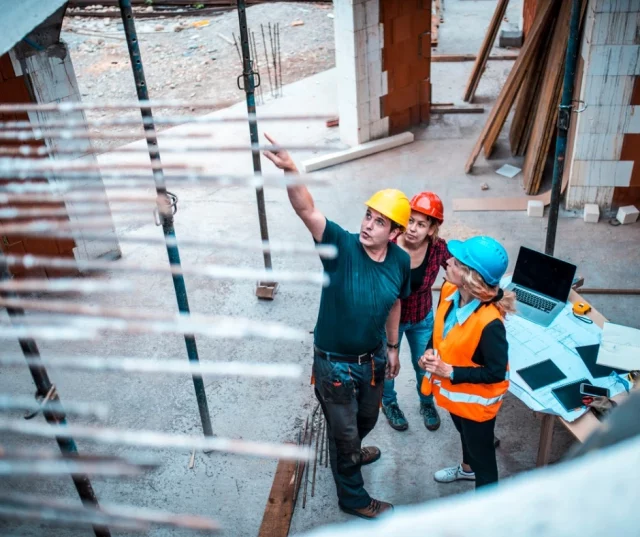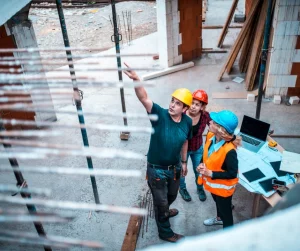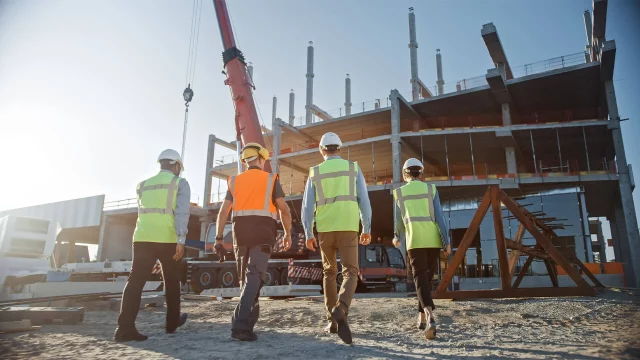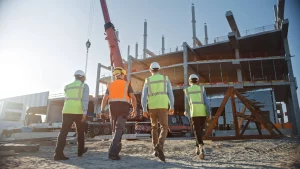Hal Persiapan Sebelum Menentukan Mengambil Jurusan Arsitektur – Menurut studi yang dilakukan Indiana University Bloomington, siswa arsitektur merupakan salah satu golongan mahasiswa dengan beban kerja akademik tertinggi. Namun, masih banyak yang menempuh program Arsitektur untuk rencananya. Bayangkan harus mengalokasikan setidaknya 22 jam per minggu untuk menyelesaikan pekerjaan di luar kelas. Namun, jangan ragu untuk membawa gagasan belajar arsitektur menjadi kenyataan.
Hal Persiapan Sebelum Menentukan Mengambil Jurusan Arsitektur
Karena ada beberapa hal yang kamu bisa lakukan sekarang untuk mempermudah perjalanan studi ke luar negeri. Arsitek merupakan profesi yang terkenal dengan prospek kerja dan jaminan gaji.
Persiapan Sebelum Memilih Jurusan Arsitektur
Untuk yang ingin berprofesi sebagai arsitek, berikut 10 hal yang kamu perlu persiapkan sebelum kamu mulai kursus arsitektur.
1. Kursus Matematika
Untuk merancang sebuah ruang dengan baik, seorang arsitek harus tahu aljabar, geometri, dan trigonometri. Jadi tidak perlu diulang-ulang lagi bahwa banyak universitas mempersyaratkan nilai matematika yang baik sebagai syarat untuk masuk ke mata kuliah arsitektur.
baca juga :Tips Fashion Pria Simpel dan Menarik
Jika kamu belum paham matematika, kamu bisa kursus untuk mengembangkan pengetahuan. Apabila punya rencana kuliah di luar negeri, kursus ini juga bisa ditambah bahasa inggris agar membantu konsep bahasa.
2. Kursus Seni Rupa dan Desain
Kamu tidak bisa hanya mengandalkan kemampuan matematika dalam mata pelajaran ini. Mengambil kursus/pelajaran seni dan desain memungkinkan kamu mempraktikkan keterampilan dasar yang kamu perlukan untuk mempelajari arsitektur. Selain itu, lulusan bidang ini sebenarnya memiliki banyak pilihan karir yang bisa ditekuni selain arsitektur. Oleh karena itu, kursus ini akan membantumu memperluas kemungkinan karirmu setelah lulus.
3. Kursus CAD (computer-aided design)
Mahasiswa Arsitektur harus bisa menghasilkan gambar arsitektur dengan jelas dan akurat. Ini untuk kemudian gambar yang kamu buat dapat dibaca oleh kontraktor di lapangan.
Alhamdulillah, proses menggambar ini mudah dilakukan dengan bantuan software CAD. Selain itu, sebagian besar lowongan pekerjaan sekarang untuk arsitek menuliskan penguasaan perangkat lunak CAD sebagai syarat.
Karena jurusan arsitektur sangat banyak, kami sarankan untuk menguasai software ini sebelum Anda memulai studi untuk mengurangi banyak hal baru yang harus kamu pelajari di jurusan ini.
4. Siapkan Portofolio
Jika berencana untuk melanjutkan studi S1, kamu dapat memasukkan karya kreatif ke dalam portofolio ini. Pada dasarnya, portofolio adalah versi visual dari pernyataan pribadi/surat motivasi yang menunjukkan keahlian, minat, dan tujuanmu. Jangan khawatir jika pekerjaan tidak termasuk dalam kategori arsitektur.
Even if the potential student does not possess deep knowledge in this field, the receiving officer staff do possess deep knowledge. As the initial step of preparing the portofolio, could start sketching a number of sketches each day.
5. Read Buku, Majalah dan Web Arsitektur
Dengan menjalankan seperti ini kamu dapat dengan mudah memahami bahasa serta berbagai terminologi yang sudah ada di jagat arsitek untuk memberikan deskripsi terhadap bidang arsitektur. Semoga kamu juga mendampingi hashtag arsitektur di situs media sosial untuk bisa melihat ada banyak perkembangan dan kontemporer berbagai karya arsitek dari seluruh dunia.
baca juga : Rekomendasi Arsitektur Gereja Terindah
6. Berjalan-jalan Seputar Objek Arsitektur
Temukan dan kunjungi beberapa bangunan terdekat yang dipercaya dirancang dengan baik secara arsitektur. Perhatikan apa yang kamu lihat dan alami ketika berada di dalam atau di dekat semua bangunan tersebut. Nantinya ini akan membantumu mendesain objek arsitektur yang memberikan kesan serupa.
7. Pahami Konsep Keberlanjutan dalam Arsitektur
Dengan semakin berkembangnya kesadaran terhadap pengaruh adanya peradaban manusia pada alam, keberlanjutan menjadi salah satu konsep fundamental yang harus dipertimbangkan oleh arsitek suatu masa. Selain membaca novel-novel buku yang berkaitan dengan tema keberlanjutan, kamu dapat memperdalaminya dengan mempelajari atau mengunjungi bangunan-bangunan yang diberi predikat “green building.”
8. Belajar Menjadi Biasa dengan Manajemen Waktu, Prioritas, dan Kerja Tim
Baiknya kemampuan pengelola waktu untuk memastikan kamu berhasil menyelesaikan semua kerja kuliah. Kamu juga perlu mengajar dirimu untuk melakukan prioritas supaya yang lebih rendah tidak mengganggu jalanh kuliahmu. Ingatlah, kamu akan melihat banyak pekerjaan kelompok ketika belajar. Oleh karena itu, jika mendapatkan nilai baik, jangan abaikan keberanian dalam kerja tim.
9. Riset Universitas
Dalam mencari universitas asing untuk melanjutkan studinya arsitektur, pasti ada syaratnya. Jadi, sebaiknya jangan ragu untuk mengumpulkan informasi yang akan mendukungmu dalam memilih destinasi belajar terbaik di luar negeri.
10. Mulailah belajar berekspresi melalui gambar
Salah satu kemampuan yang dibutuhkan di dunia arsitektur adalah kesenian terutama menggambar. Lebih baik lagi jika selalu berbicara dalam bentuk gambar dan simbol visual. Arsitek tidak menggaris-garis di komputer, tetapi dengan tangan. Buku sketsa tampak seperti benda yang bisa dibawa kemana-mana.
Jadi arsitek bukanlah pekerjaan yg mudah, harus ada persiapan terlebih dahulu sebelum memilih jurusan Arsitektur. Banyak sekali tantangan yang harus dihadapi ketika belajar dan bekerja. Jika kamu ingin belajar arsitektur, kamu tidak perlu khawatir gagal. Sementara itu, jangan lupa pada hal-hal di atas yg dapat kamu siapkan sebelum memulai belajar.
Mari Bergabung Bersama Program Studi Arsitektur Institut Teknologi Indonesia
Adalah program pendidikan yang memendidikan mahasiswa sebagai Sarjana Arsitektur (S.Ars), dengan melaksanakan pendidikan arsitektur yang berlandaskan pada paradigma ilmu pengetahuan dan teknologi rancang bangun berbasis arsitektur tropis dengan selalu menjunjungkan kondisi dan potensi nilai – nilai budaya lokal dalam pembangunan kreativitas desain seiring berkembangnya arsitektur yang makin pesat.
Untuk menjalankan program tersebut, kurikulum yang diterapkan merujuk pada standar KKNI, dan acuan pendidikan arsitektur Ikatan Arsitek Indonesia (IAI) dan Asosiasi Pendidikan Tinggi Arsitektur Indonesia (APTARI). Data Pendaftaran di pmb.iti.ac.id atau live chat disini.



